Design Tips to Transform Terraced Houses
Discover practical and simple design tips to transform terraced houses into harmonious multi-generational homes. Learn about flexible spaces, privacy solutions, and future-proofing ideas for your living environment.
BLOG
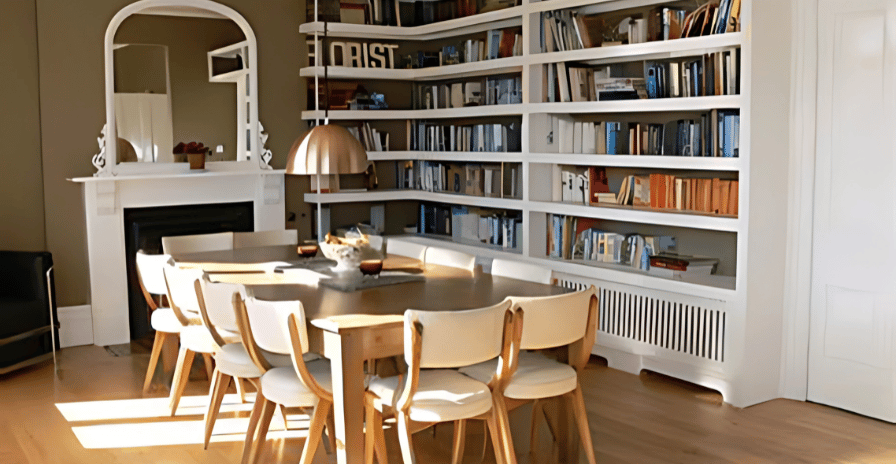

With rising costs of living and the increasing trend of extended families living together, adapting terraced houses for multi-generational living has become a practical and necessary solution. Whether it's grown-up children moving back home, elderly parents needing care, or families simply looking for ways to share resources, terraced homes offer unique opportunities to create a harmonious living space. Here, we’ll explore strategies to make terraced houses more comfortable for everyone while maintaining privacy and functionality.
1. Flexible Spaces for Daily Use
Flexibility is also one of the most important parts of a well-functioning multi-generational home. A room must have more than a single purpose in order to benefit the use of multiple family members. For instance:
A study or work area can be utilized by a dining room during the day.
Bedrooms can include seating areas in order to relax restfully.
Portable screens or furniture can be used to separate smaller areas within living rooms to make multiple usable spaces.
2. Privacy for Every Generation
Having more than one generation to live with requires balance of closeness and distance. Some guidelines on creating distance are as follows:
Partitions or Sliding Doors: Install sliding doors to partition open-plan space into private space when required.
Exclusive Spaces: Use areas of the house for separate generations, i.e., teenagers in the attic or basement, or elderly parents in a ground floor bedroom.
Soundproofing: Install thicker curtains, carpets, and soundproof panels to reduce the transfer of sound and enjoy a soundproof room.
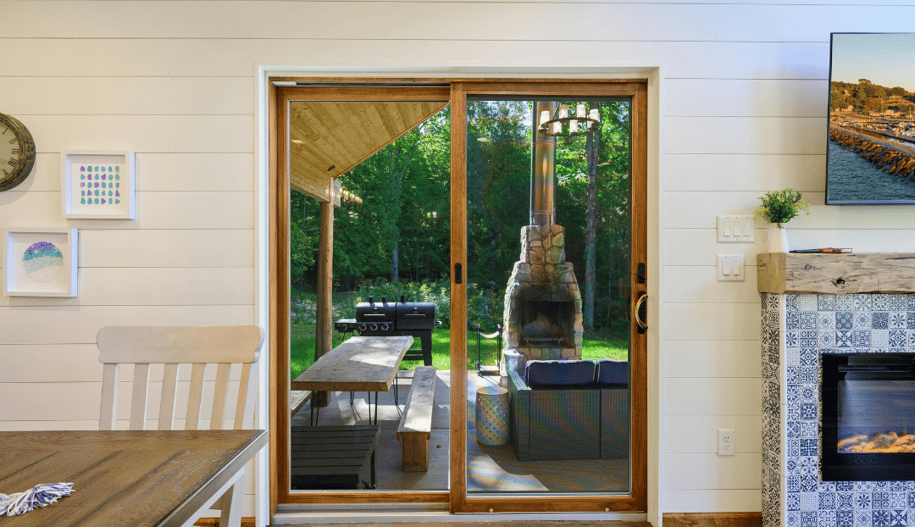

3. Make the Most of Small Spaces
Terraced houses often come with limited space, so making every corner functional is crucial. Here are some ideas:
Transform landings or wide hallways into small workstations or reading nooks.
Use built-in furniture, like beds with storage underneath or wall-mounted desks, to save floor space.
Convert under-stair areas into cupboards, play zones, or even mini offices.
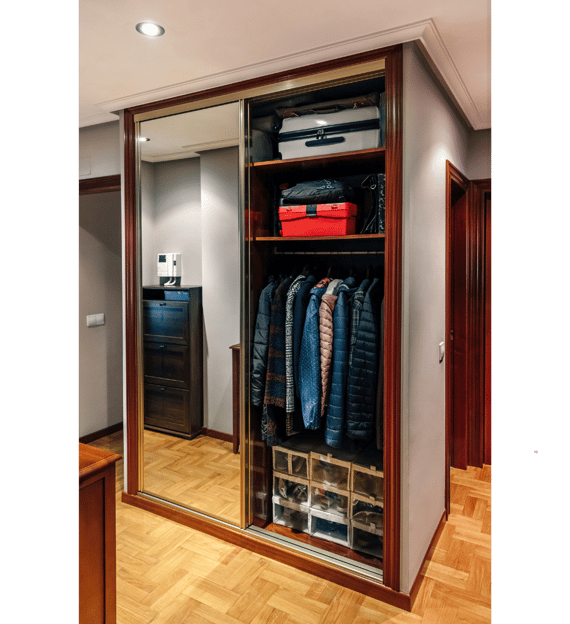

4. Reintroducing Separate Rooms
Though open-plan spaces are fashionable, multi-generational living can perhaps be helped more by traditional designs with separate rooms. Such rooms can:
Provide privacy to work, study, or relax.
Enable different family members to do their desired activities without inconveniencing others.
Create quieter zones for elderly family members or those who need rest during the day.
5. Shared but Functional Kitchens and Bathrooms
Kitchens and bathrooms are crossover spaces in any home, but in big families, the layout also requires special consideration. Keep the following in mind:
Double Appliances: Wherever feasible, add two sinks, ovens, or dishwashers to the kitchen to facilitate more work.
Extra Storage: Add additional cabinets and pantry space to store food and utensils for a big family.
Personal Timetables: In case there is only one bathroom, prepare timetables for its use or provide a second smaller bathroom wherever feasible.
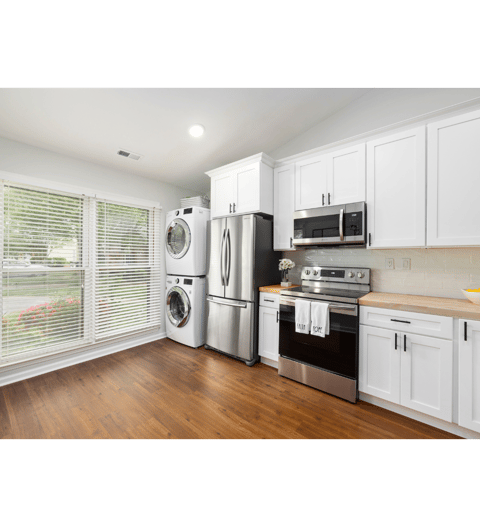

6. Outdoor Spaces for Everyone
Garden or patio space can be precious shared space where one has the opportunity to unwind and socialize. For one to appreciate the advantages there of:
Design grounds for activities such as a children play ground, adult seating and a garden to plant for individuals who like planting.
Offer canopy seating or pergola to facilitate year round utilization of space.
7. Future-Proofing Your Home
As the needs of your family change, so should your home. Future-proofing means your terraced house can evolve with new innovations:
Provide space for features such as stairlifts or ramps for older relatives.
Utilize modular furniture that can be rearranged to suit changing needs.
Look at converting basements or lofts into extra bedrooms or living areas.
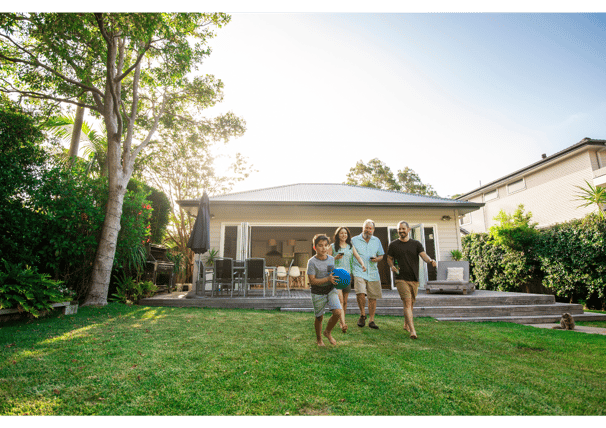

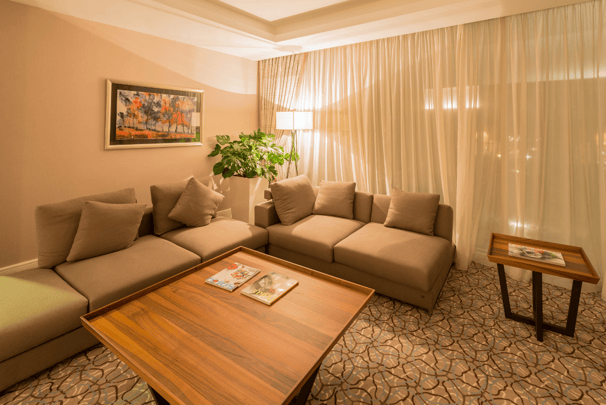

Final Thoughts
Converting a terraced house for multi-generational living involves careful planning and sensitivity towards flexibility. With the design of spaces that can suit everyone's needs without sacrificing privacy, families may be forced to live in harmony under one roof. With creative space utilization, soundproofing, or inclusion of functional aspects, your terraced house can be transformed into a sanctuary for generations.
